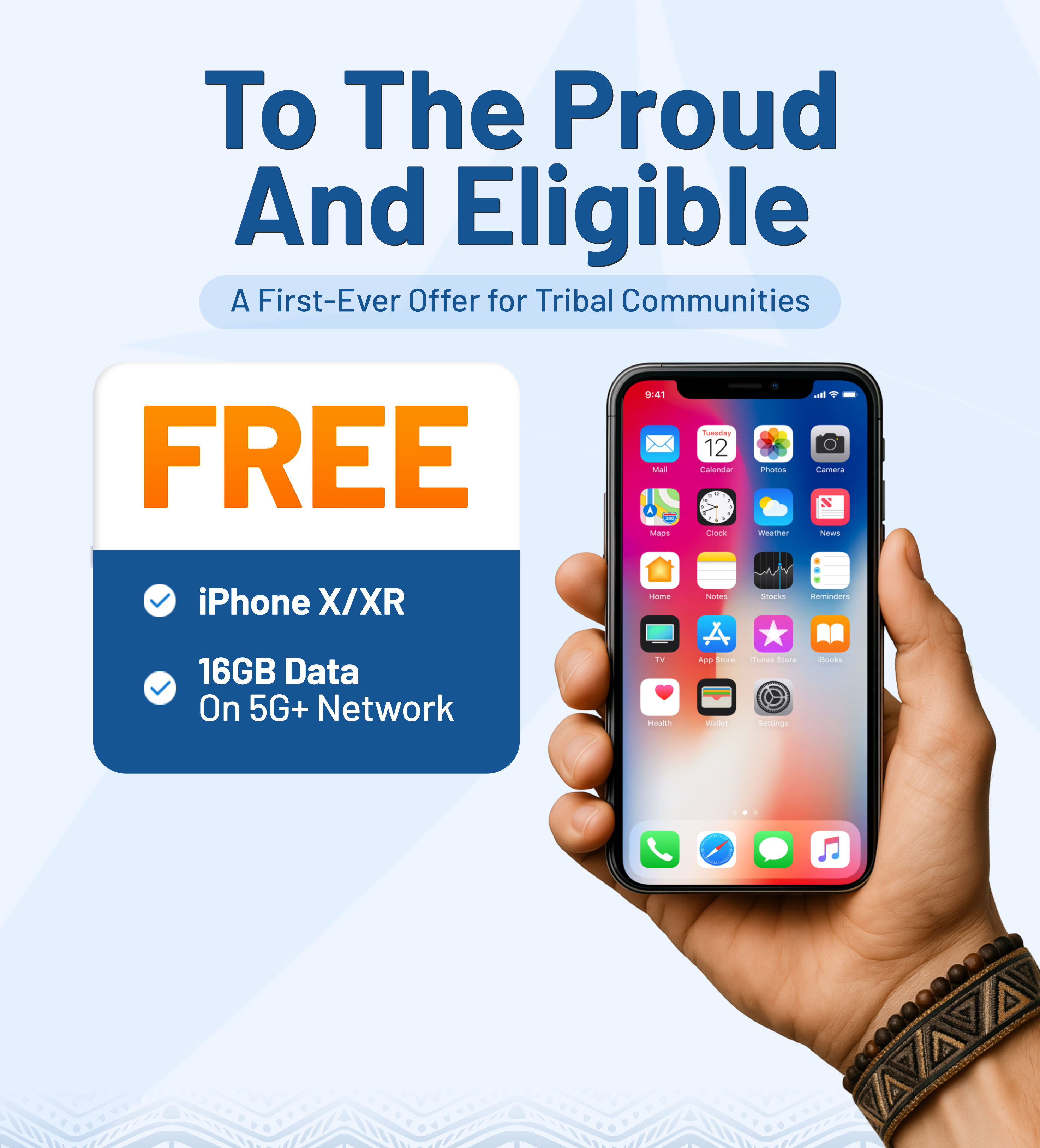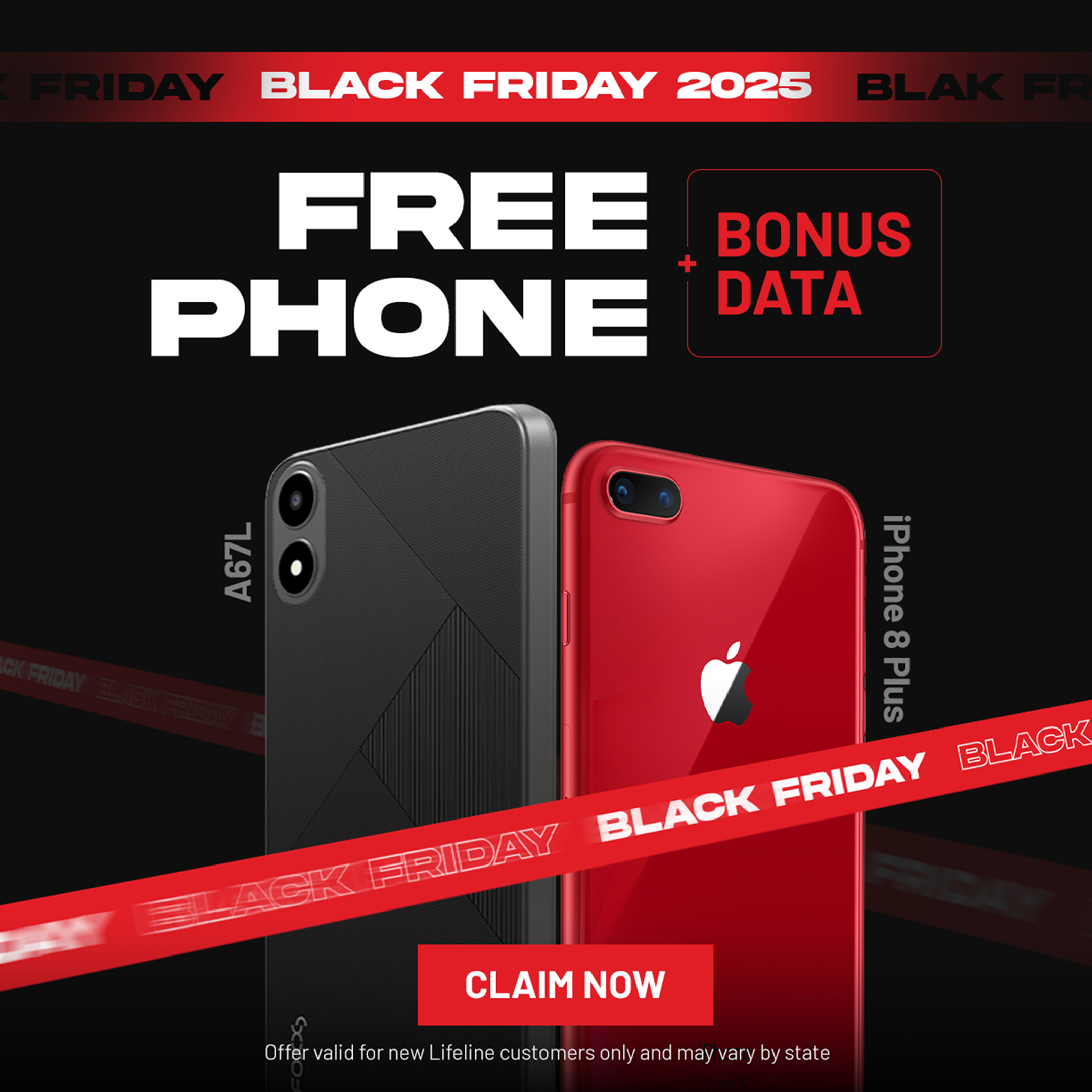With the support of government programs like Lifeline, eligible students can receive a free phone for students directly from participating service providers.
The following guide will help you understand the eligibility criteria, walk you through the simple application process, and explore the best free phone models available for students.
1. Government Programs Offering Free Phones for Students
Many people may have heard about government benefit programs that can give you access to free phone plans and devices. However, not everyone knows exactly how to take advantage of these benefits. First, you need to clearly understand the program, and who is eligible.

What are the free phone and tablet programs for students?
In today’s digital age, owning a smartphone has become essential for students. In the U.S., several programs offer free phone services for students, aiming to bridge the digital divide among low-income groups and support essential needs in online education.
Among the most notable is the Lifeline Program, a telecommunications assistance program regulated by the Federal Communications Commission (FCC).
Lifeline does not directly provide free phones or tablets. Instead, it offers monthly discounts on mobile phone or internet services. However, through partnerships with FCC-approved providers like AirTalk Wireless and others, Lifeline indirectly helps eligible participants receive free devices.
Who is eligible?
Not everyone who applies is automatically eligible for the Lifeline program. Before applying, it’s important to understand the qualification requirements. There are two primary ways to qualify:
Based on household income
Your household may unlock access to Lifeline benefits if your yearly income falls at or beneath 135% of the Federal Poverty threshold.
Based on participation in government assistance programs
Lifeline could also be within reach if you, or anyone in your household, are enrolled in certain federal assistance programs. In this case, no income documentation is needed:
- SNAP (Supplemental Nutrition Assistance Program)
- Medicaid
- SSI (Supplemental Security Income)
- Federal Public Housing Assistance (FPHA)
- Veterans Pension and Survivors Benefit
- WIC (Women, Infants, and Children)
- Free or Reduced-Price School Lunch Program
- Federal Pell Grant for current college or university students
- Tribal Assistance Programs
Understanding these eligibility criteria will help you avoid wasting time on applications and ensure you submit the correct documents for faster approval.
2. How to Get a 100% Free Phone?
Obtaining a 100% free phone through government programs like Lifeline is easier than you might think, especially when you apply through a trusted provider such as AirTalk Wireless.
Follow this step-by-step guide and learn about all the required documents to ensure your application is approved without any hassle.
Step-by-step guide to apply
Step 1: Check your eligibility
Be sure to double-check your eligibility before submitting your Lifeline application, meeting the program’s requirements is a must.
Step 2: Visit the AirTalk Wireless website
Go to the official AirTalk Wireless website and select your state. Availability may vary depending on where you live.

Step 3: Fill out the Lifeline application form
On the AirTalk Wireless site, you’ll be guided to complete the official Lifeline application, which includes:
- Personal information (name, address, date of birth)
- Eligibility confirmation (select your qualifying program or income)
- You will also be asked to consent to a National Verifier check, which confirms your eligibility status.
Step 4: Choose your free phone and plan
Once approved, AirTalk Wireless will allow you to select a free phone from the list of available models (based on current stock).
Step 5: Submit supporting documents (if required)
In some cases, AirTalk may request additional documents to verify your identity or eligibility.
Step 6: Wait for delivery
After your application is approved and processed, the free phone will be shipped directly to your address, usually within 7–10 business days.
Required documents and verifications
To complete your free phone for students’ application through the Lifeline program, you may need to submit documents to verify your eligibility, identity, and address.
These documents help confirm the information provided and are reviewed by the National Verifier or the service provider to ensure federal compliance.
Here are the necessary documents:
Proof of identity
To verify your identity, submit a copy of one of the following:
- U.S. Driver’s License
- U.S. Passport
- Birth Certificate
- State or Tribal ID
- zGreen Card or Permanent Resident Card
Proof of participation in a qualifying program
If you qualify through participation in a government assistance program (like SNAP, Medicaid, or SSI), provide an official document that confirms your current participation. Acceptable documents include:
- Benefits award letter
- Statement of benefits
- Screenshot or letter from the program portal showing active enrollment
- Government-issued card with your name and program listed
Documents must be dated within the past 12 months or include a future expiration date to verify current participation.
Proof of income (if qualifying through low income)
If applying based on income, you must show that your household income is at or below 135% of the Federal Poverty Guidelines. Acceptable proof includes:
- Recent tax return
- Three consecutive months of pay stubs
- Social Security benefits statement
- Unemployment benefits documentation
Proof of address
Since Lifeline benefits are limited to one per household, you must provide a valid residential address. Accepted documents include:
- Utility bill
- Lease or mortgage statement
- Driver’s license or state ID showing your address
Be sure all documents are 100% accurate. Only submit copies, not originals, to avoid losing important documents that you may need again in the future.
>>> See more: How to Get a Free Phone Number Without a Phone – Best Methods & Lifeline Option
3. Best Free Phones and Tablets for College Students in 2025
For many college students who are juggling academics and financial challenges, receiving a free phone or tablet from government-partnered providers can be incredibly beneficial. These devices serve as essential tools for remote learning, online work, communication, and boosting academic efficiency.

Several government-authorized providers, such as AirTalk Wireless, offer a wide range of free phones or tablets for students under government assistance programs.
So, what phone is good for a student? The answer depends on reliability, performance, and features that meet individual academic needs.
Free phone for college students
These phones are fully functional, carrier-unlocked, and compatible with essential apps for school, communication, and job applications.
Here are some of the top free smartphone models commonly available for students in 2025:
| Model | Retail Price | AirTalk Wireless Price |
| Apple iPhone 7 | $0 | |
| Apple iPhone 8 | $0 | |
| Samsung Galaxy S20 FE 5G | $0 | |
| AirVoice AS65U | $0 | |
| AirVoice A67L | $0 |
Free tablet for students under government support
In addition to phones, AirTalk Wireless also offers free or discounted tablets to help students access tools for more effective learning. Below are some tablet models:
| Model | Retail Price | AirTalk Wireless Price |
| Samsung Galaxy Tab A 2020 | $39.99 | |
| Apple iPad Air 2 | $29.99 | |
| Apple iPad 6 | $59.99 | |
| Samsung Galaxy Tab S3 | $120 | |
| Alcatel JOY TAB | $0 | |
| Alcatel JOY TAB 2 | $0 |
Note: Device availability and price may vary based on inventory, location, and eligibility.
Final Words
Government-supported programs and trusted providers like AirTalk Wireless are making it easier for financially struggling students to access essential devices for their education. If you or someone you know qualifies for this benefit, apply today to receive a free phone for students and make a positive impact on your learning and productivity.


